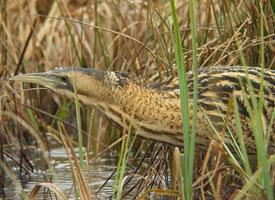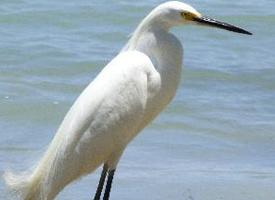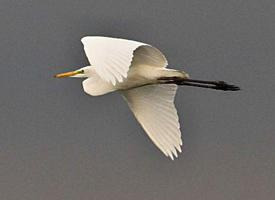
Állatleírás
The Eurasian bittern, known scientifically as Botaurus stellaris, is a fascinating and elusive bird species belonging to the heron family, Ardeidae. This species is particularly renowned for its distinctive booming call and remarkable camouflage abilities, which make it a subject of interest among birdwatchers and conservationists alike. The Eurasian bittern is distributed across various parts of Europe, Asia, and North Africa, favoring wetland habitats such as reed beds, marshes, and lakesides.Physically, the Eurasian bittern is a medium-sized bird, measuring between 69 to 81 cm in length, with a stout body and a wingspan ranging from 100 to 130 cm. The bird exhibits a unique plumage pattern that serves as an excellent camouflage in its reed bed environment. The upperparts are mottled brown, with a complex pattern of spots and streaks that mimic the reeds among which it dwells. Its underparts are lighter, often a mix of pale brown and cream, with distinct dark streaks. The bittern has a broad neck and a powerful, dagger-like yellow bill, which it uses effectively for catching prey. Its eyes are yellow, and it has short, strong legs that are greenish-yellow in color.
One of the most remarkable features of the Eurasian bittern is its deep, resonant booming call, which can be heard up to 5 km away under optimal conditions. This call, primarily made by the males during the breeding season to attract mates and establish territory, has been likened to the sound of blowing across the top of a bottle. The bittern's call plays a crucial role in its mating rituals and territorial behaviors.
The diet of the Eurasian bittern primarily consists of fish, amphibians, small mammals, and insects, which it hunts with patience and precision, often standing motionless for long periods before striking swiftly to catch its prey. This hunting strategy, coupled with its camouflaged plumage, makes the bittern a successful predator within its habitat.
Breeding typically occurs from March to May. The bittern constructs a nest hidden among reeds or other dense vegetation, laying a clutch of 4 to 6 eggs. The female is solely responsible for incubation and the initial care of the chicks, which are born altricial (helpless) and require significant parental investment before they fledge.
Despite its effectiveness at remaining concealed, the Eurasian bittern is considered to be a species of conservation concern in some parts of its range, primarily due to habitat loss and degradation. Wetland drainage for agriculture and urban development has significantly reduced suitable habitats for the bittern, leading to declines in its population in certain areas. Conservation efforts, including wetland restoration and protection, are crucial to ensure the survival of this unique and intriguing bird species.
In summary, the Eurasian bittern (Botaurus stellaris) is a captivating bird species, admired for its cryptic plumage, distinctive call, and specialized habitat requirements. Its existence underscores the importance of wetland conservation in maintaining biodiversity and ecological balance within these vital ecosystems.
Hasonló állatok
Új állatfotók
Top 10 állat
- Dolphin gull (Leucophaeus scoresbii)
- Japanese macaque (Macaca fuscata)
- Stone loach (Barbatula barbatula)
- Galápagos tortoise (Geochelone nigra complex)
- Russian tortoise (Testudo horsfieldii)
- Greek tortoise (Testudo graeca)
- Diana monkey (Cercopithecus diana)
- Common flying dragon (Draco volans)
- Moustached guenon (Cercopithecus cephus)
- Galápagos penguin (Spheniscus mendiculus)


